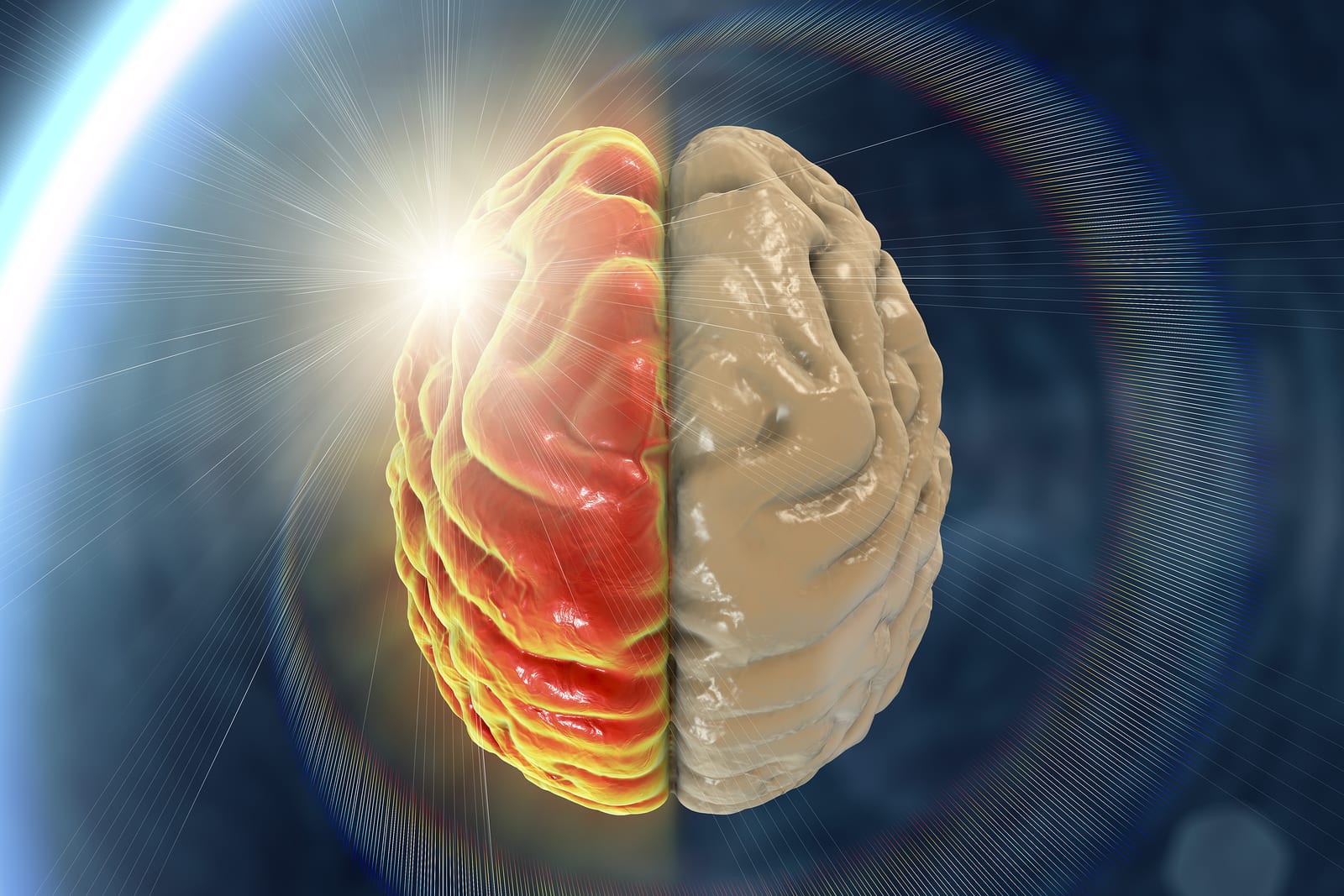
The terms “migraine” and “headache” are used almost interchangeably in the current day, but should they be? One is a passing discomfort while the other can be debilitating and far more painful.
Imagine yourself waking up in the middle of the night with an immense pain building up in the front or on the side of your head. You attempt to get up to get a glass of water, but as soon as you sit upright, your head spins and nausea takes hold. You turn on the beside light, but immediately turn it off because the bright light is too much for your eyes. You’ve had headaches before, but this is far more intense.
The National Institute of Neurological Disorders and Stroke describe migraines as a series of intense pain attacks centered around the head lasting between 4-72 hours. These attacks typically coincide with nausea, sensitivity to light, and distorted vision, among other things. Because of the intensity of the pain and duration, many people are not able to function during the period of an attack.
This is different from a typical headache, which tends to me a more fleeting ache of varying severity. While these can be painful, they’re normally triggered by muscle fatigue or stress. Once the cause is addressed, the headache tends to subside quickly.
The causes of migraines are not definitively known, however many scientists speculate that they are either caused by the constriction or inflammation of blood vessels or they could be caused by a genetic trait. While there is no cure for the cause of these attacks, symptoms can be treated with medication for the pain and nausea. Behavior changes are sometimes recommended to avoid potential triggers for migraines as well.
Signs of Depression

-
Pain on One Side of the Head or Both
The most common and widely recognized symptom of a migraine headache, this intense pain is typically located behind the eyes or around the ear.
-
Sensitivity to Light and Sounds
When trying to deal the level of pain focused around the sensory organs in your head, you can become more sensitive to their stimuli. Even normal talking volume or the light from a desk lamp can be too much to handle during a migraine.
-
Visual or Physical Aura
Sometimes leading up to a migraine attack, a person may begin to see streaks of light, or feel tingling and numbness. These sensory changes are called auras.
-
Swift Mood Swings
Someone suffering from a migraine can have intense changes in mood, often totally unrelated to anything happening around them.
-
Nausea and Vomiting
With the amount of sensory overload rushing through a person’s mind during a migraine, it’s not uncommon to feel dizzy or nauseous. In some cases this can lead to vomiting.
If you or someone you know believes they are suffering from a migraine or has frequent headaches, you should seek the advice of a doctor. They will be able to determine if more needs to be done to prevent or address future episodes. Potentially, your migraine could be the sign of another issue, and your doctor may want to run tests to make absolutely certain before prescribing any course of action.
About Lehigh Center
The Lehigh Center is the largest independently run research facility in the Lehigh Valley. Our qualified physicians conduct clinical trials to evaluate investigational treatments for specific diseases, including depression. If you are interested in leaning more about our current studies, please click the link below.
